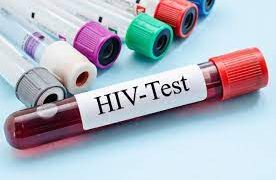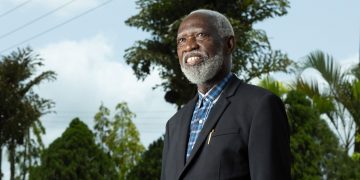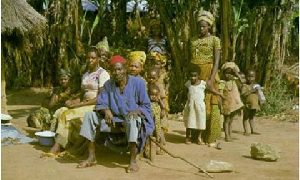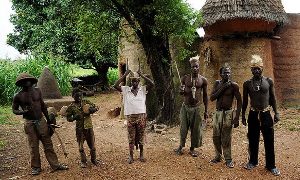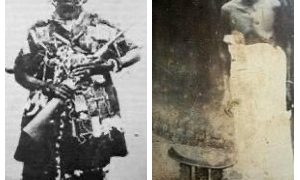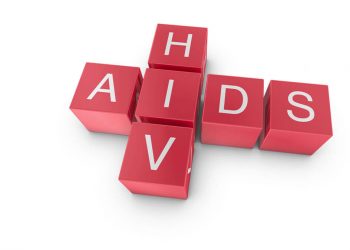Ghana Health Service has revealed that the Bolgatanga Municipality remains a hotspot for HIV infections in the Upper East Region.
According to Regional HIV Coordinator, Sulemana Majeed, there have been increases from 2.8% in 2018 to 3.6% in 2019 even though there was a decrease to 2.6% in 2020.
At a press briefing, Suleman Majeed said “Bolgatanga has always been above the national figure, which calls for an increased sensitization and education.”
The Regional HIV Coordinator added that HIV has become prevalent due to population influx in activities such as commercial sex activities at certain areas within the Bolgatanga township.
He adds the disease swung among the Districts, adding that Navrongo in the Kassena-Nankana Municipality used to be a hotspot.
“It moved to Sandema in the Builsa North Municipality for about five years and to the Bolgatanga Municipality. So if you go by the HIV Sentinel Survey (HSS) data, Bolgatanga will be considered as our hotspot,” Assaseradio.com quoted
He said “per the HSS sites of HIV prevalence, the Bolgatanga Municipality recorded increases from 2.8% in 2018 to 3.6% in 2019, and indicated that though there was a decrease to 2.6% in 2020, the prevalence rate was still high in the Bolgatanga Municipality.
He said Navrongo recorded a constant figure of 1.6% in 2017 and 2018 respectively, with increases to 2.0% in 2019, and 2.2% in 2020, while the Builsa North Municipality saw a consistent increase from 1.0% in 2017 to 1.1% in 2018 and from 1.2% in 2019 to 1.3% in 2020.
The situation, he noted, was not different in the Bawku Municipality as it equally recorded increases from 0.4% in 2017, to 0.6% in 2018, 1.2% in 2019 and 1.3% in 2020.
Majed further revealed that the first five hotspot Districts were Nabdam, Bolgatanga East, Builsa North, Bongo and Bolgatanga Municipality.
Nabdam District, he said recorded 214 HIV cases per population, “So per every 100,000 population in Nabdam, 214 of them would be HIV positive, Bolgatanga East is 175, Builsa North is 152, Bongo 149 and Bolgatanga Municipality is 112 per 100,000 population.”
source: Ghana Web








![Drake helps a group of African kids go viral [Watch]](https://thepostghana.com/wp-content/uploads/2020/04/drake-2019-pxn-billboard-1548-1586360114-1024x677-360x180.jpg)












